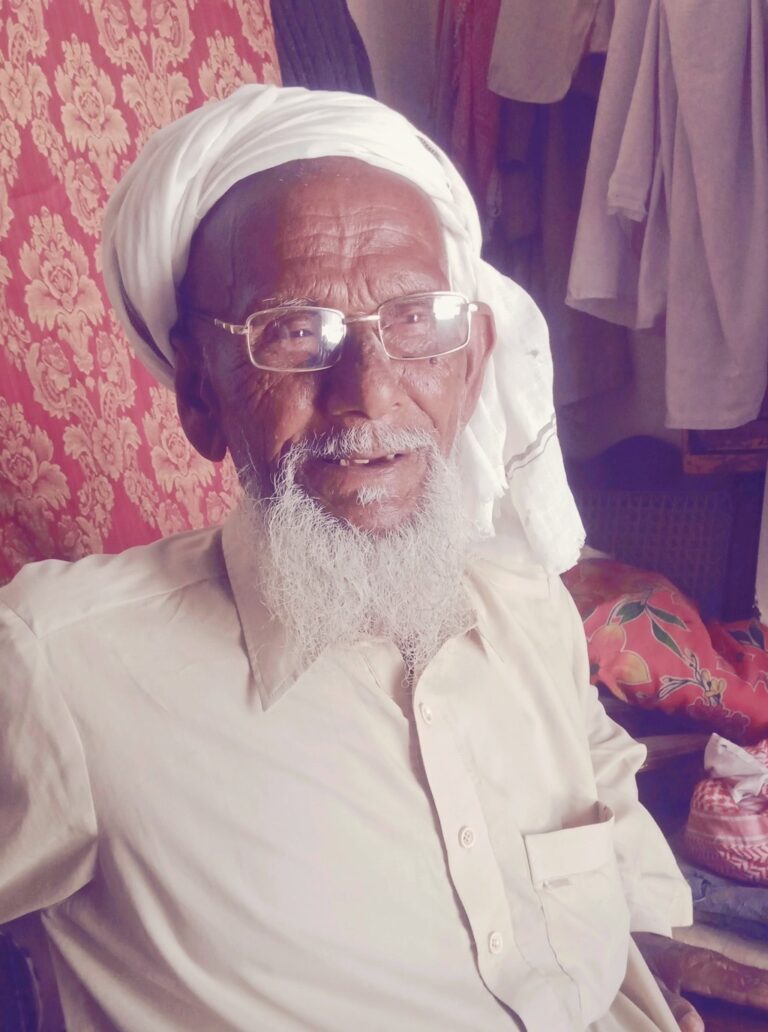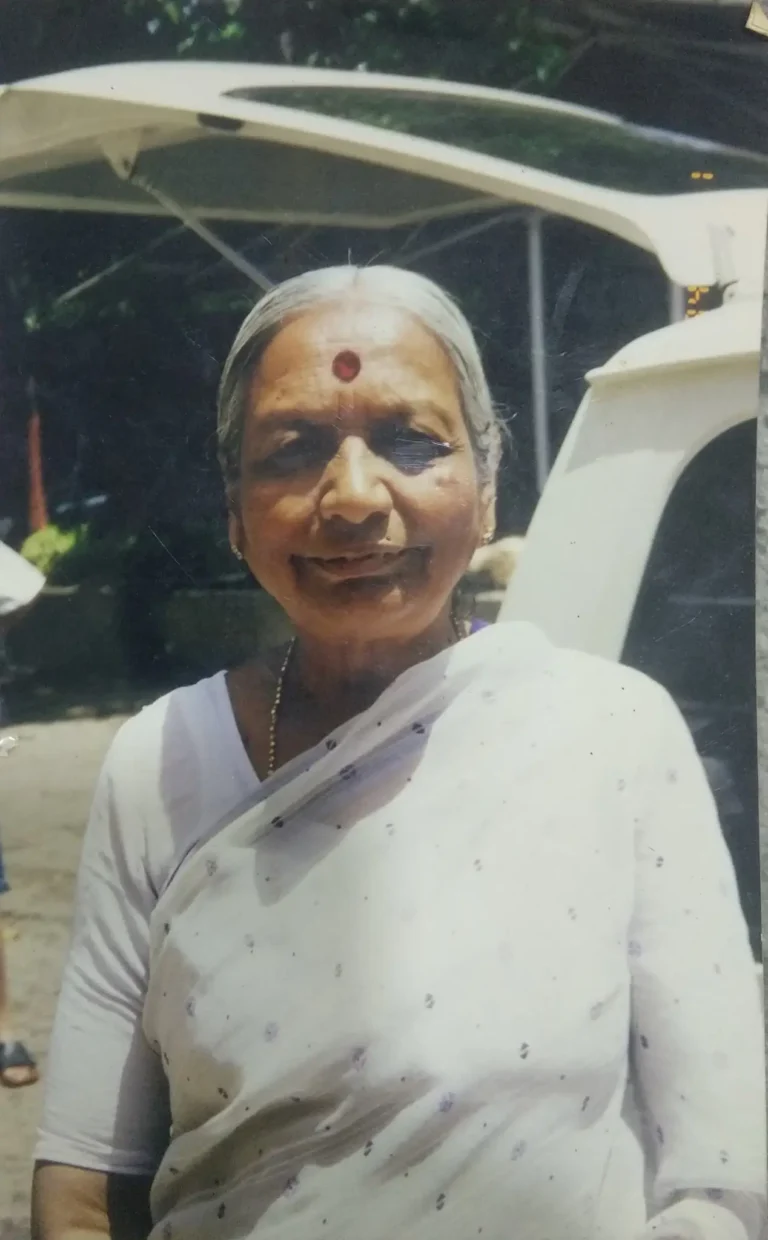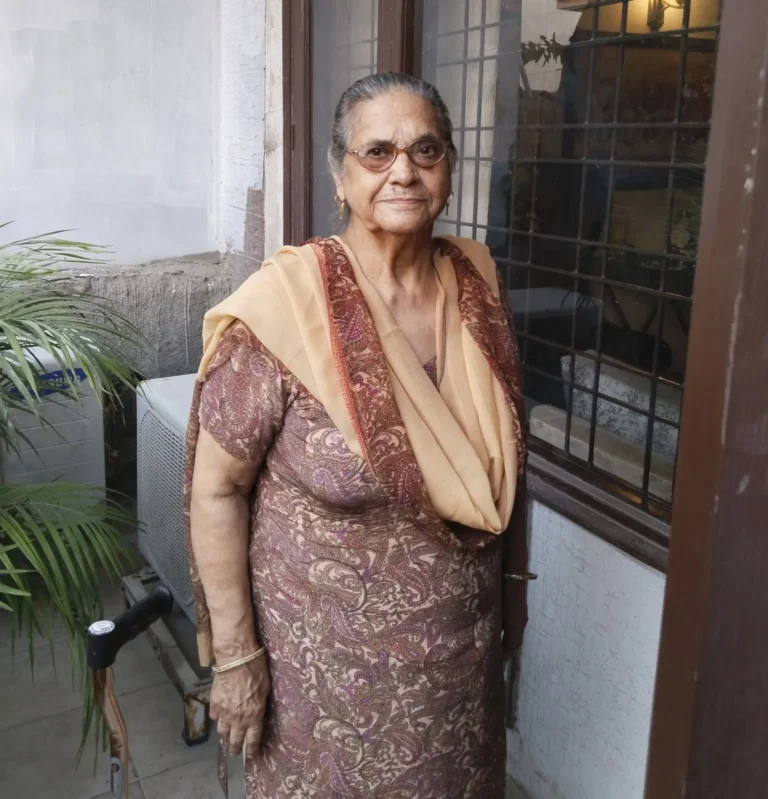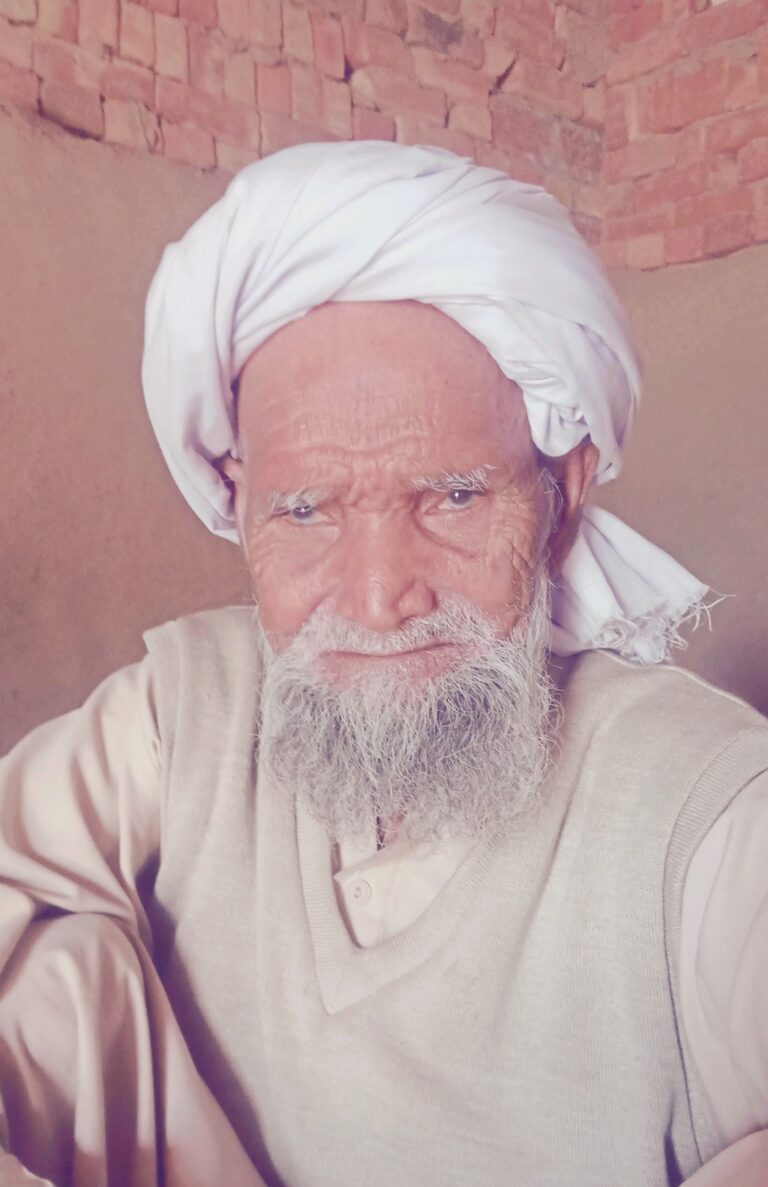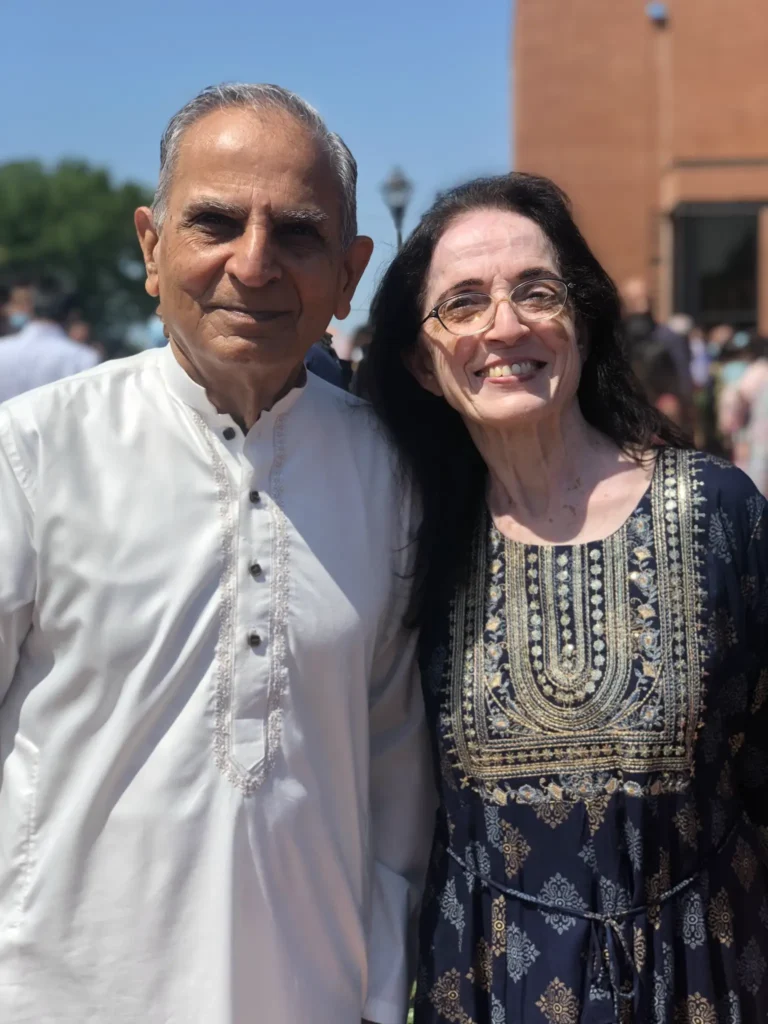Junction 47 is a dynamic blog under The 1947 Partition Archive, where diverse narratives intersect, fostering a vibrant community. It serves as a hub for historians and archivists to share insights, stories, and research related to the 1947 Partition. Junction 47 not only highlights personal experiences but also delves into the broader historical, social, and cultural impacts of Partition, offering readers a rich tapestry of perspectives and reflections.

